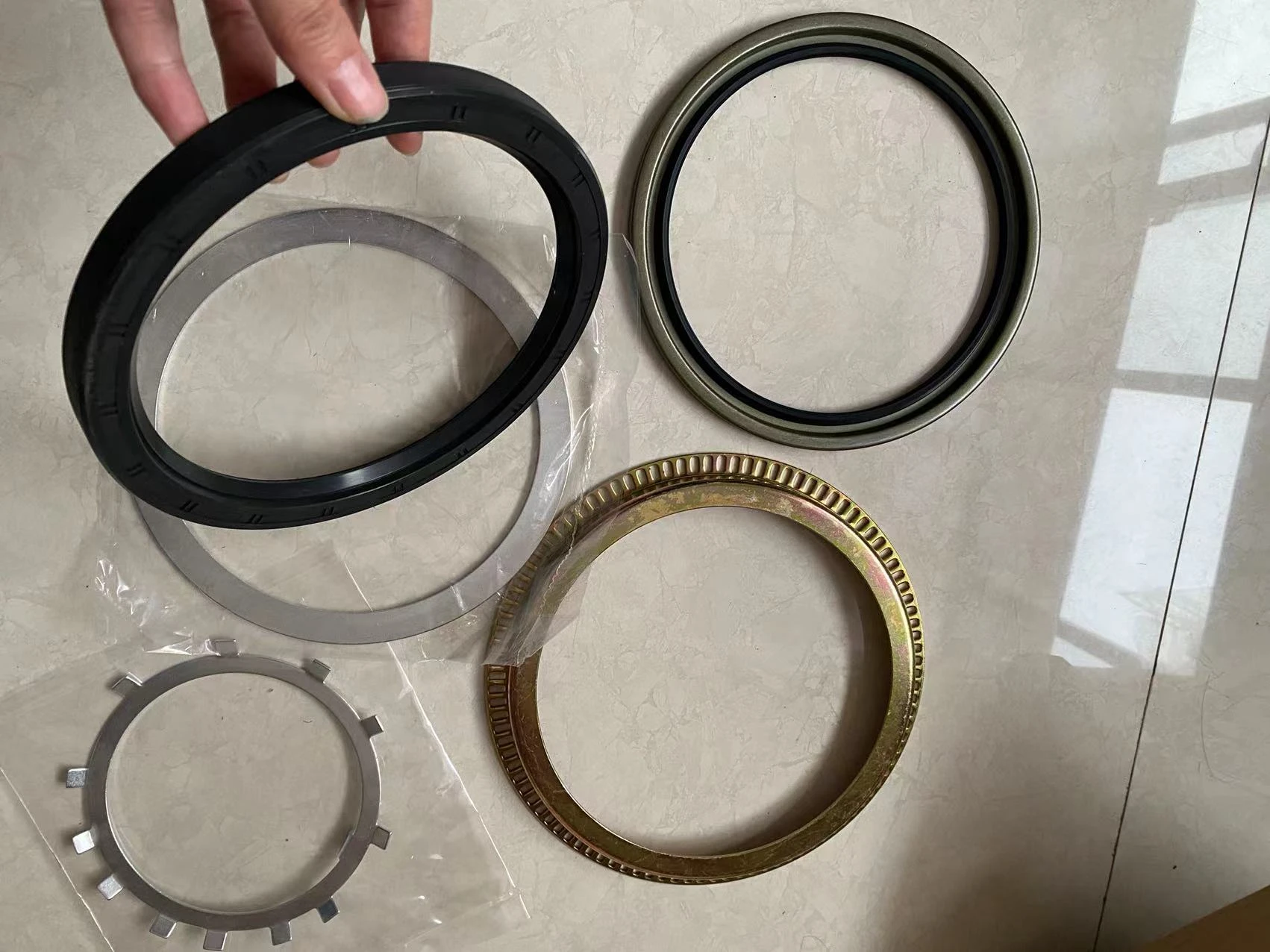Understanding the Function and Importance of Rear Tail Shaft Seals in Vehicles
Understanding the Rear Tail Shaft Seal Importance and Maintenance
The rear tail shaft seal is a crucial component in a vehicle’s drivetrain system, particularly in rear-wheel drive and four-wheel drive vehicles. Situated at the rear of the transmission, this seal serves as a protective barrier that prevents lubricant from leaking out of the tail shaft while keeping contaminants and debris from entering the transmission. Understanding the importance and maintenance of the rear tail shaft seal can enhance vehicle longevity and performance.
The Function of the Rear Tail Shaft Seal
The primary role of the rear tail shaft seal is to maintain the integrity of the lubrication system within the transmission. The transmission fluid is essential for smooth gear shifting and lubrication of moving parts. If the rear tail shaft seal becomes damaged or worn, it may lead to fluid leaks, resulting in insufficient lubrication. This can subsequently cause overheating, increased friction, and ultimately significant damage to the transmission system.
Moreover, the rear tail shaft seal contributes to the overall cleanliness of the transmission assembly. By keeping dirt and moisture out, it helps prevent premature wear and tear on internal components. Therefore, a functioning tail shaft seal is vital for the efficient operation of the vehicle’s drivetrain.
Signs of a Failing Rear Tail Shaft Seal
Detecting early signs of a failing rear tail shaft seal can save vehicle owners from costly repairs
. Common symptoms include the presence of transmission fluid on the ground beneath the vehicle, noticeable drops in fluid levels, or a burning smell while driving, which can indicate overheating due to low fluid levels. Additionally, drivers may experience difficulty in shifting gears, which may suggest that the transmission is not receiving the necessary lubrication.rear tail shaft seal

Maintenance Tips for the Rear Tail Shaft Seal
Preventive maintenance is key to prolonging the life of the rear tail shaft seal and the surrounding components. Regular inspections should include checking for leaks and monitoring fluid levels. Transmission fluid should be changed according to the manufacturer’s recommended schedule, typically every 30,000 to 60,000 miles, depending on driving conditions and vehicle type.
During routine maintenance, it's beneficial to inspect the tail shaft seal itself for any signs of wear or damage. When replacing the rear tail shaft seal, it is advisable to replace the tail shaft bushing as well, as a worn bushing can put additional stress on the seal, leading to premature failure.
When to Seek Professional Help
While some vehicle owners may choose to tackle minor maintenance tasks themselves, it is often wise to seek professional assistance for issues related to the rear tail shaft seal. Mechanics have the necessary tools and expertise to diagnose the problem accurately and perform repairs or replacements efficiently. Furthermore, professional inspections can provide additional insights into the condition of the broader drivetrain system.
Conclusion
The rear tail shaft seal is an understated yet vitally important component of a vehicle's transmission system. Understanding its function, recognizing the signs of failure, and committing to regular maintenance can prevent serious complications down the line. By keeping an eye on this essential seal, drivers can ensure their vehicles remain in top condition, promoting a smoother and safer driving experience. Regular check-ups and timely repairs will not only enhance vehicle performance but also extend the overall lifespan of the drivetrain system, making it a wise investment for any vehicle owner.
-
Simplifying Oil Changes: A Comprehensive Guide to Oil Drain Plugs and Their Variants
News Aug.04,2025
-
Mastering Oil Drain Maintenance: Solutions for Stripped, Worn, and Upgraded Oil Plugs
News Aug.04,2025
-
Fixing Oil Pan Plug Issues: Leaks, Stripped Nuts, and the Right Replacement Solutions
News Aug.04,2025
-
Everything You Need to Know About Oil Drain Plugs: Sizes, Fixes, and Upgrades
News Aug.04,2025
-
Choosing the Right Oil Drain Plug: A Guide to Sizes, Materials, and Drain Innovations
News Aug.04,2025
-
A Complete Guide to Automotive Drain Plugs: Types, Problems, and Innovative Solutions
News Aug.04,2025
-
The Ultimate Guide to Car Repair Kits: Tools and Essentials Every Driver Should Own
News Aug.01,2025
Products categories















